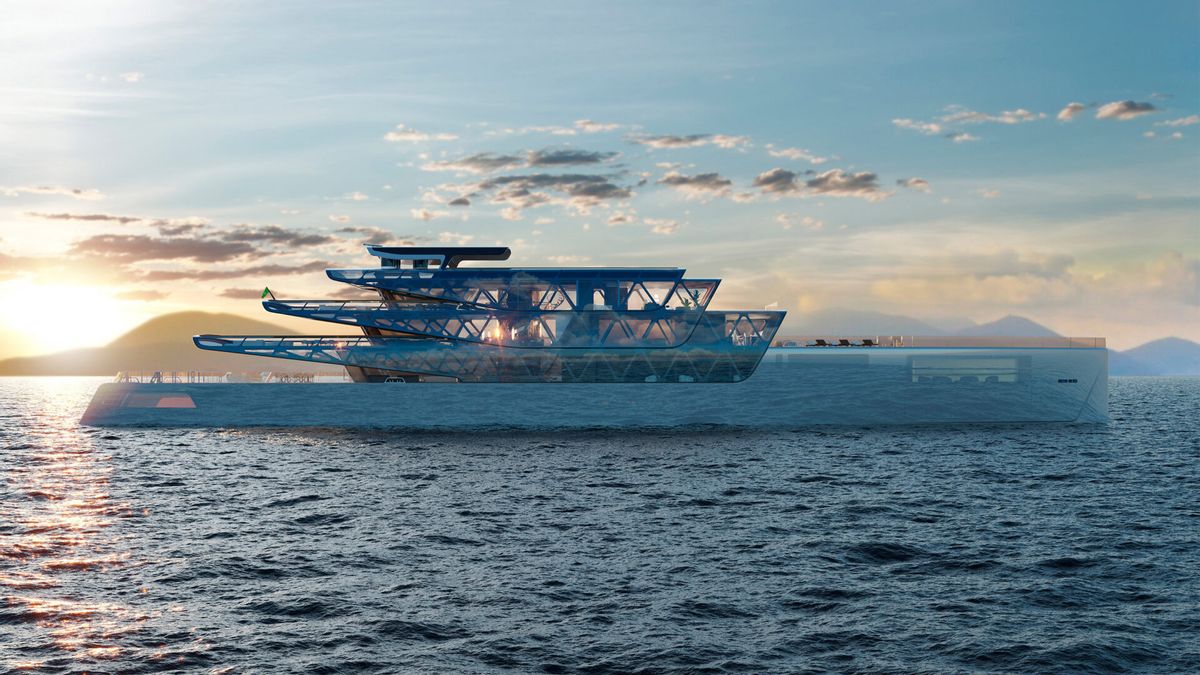JAKARTA - Usually it's relatively difficult not to see a superyacht, but this new concept from the Jozeph Forakis Design is actually designed to disappear into the background.
Described as "almost invisible" both in design and environmental impact, the 88-meter-long Pegasus concept will be the world's first 3D-printed superyacht, according to the designer.
The large ship will display a "wing" with mirror glass reflecting its surroundings to allow it to mingle.
The superyacht superstructure will be equipped with solar panels that power the electrolyzers that extract hydrogen from seawater.
Hydrogen will then be converted into electricity, which is stored in a lithium-ion battery bank that can be used to power the operating system and its facilities.
The Pegasus concept will produce zero emissions and have an almost infinite reach, according to Forakis, who said he dreamed of the design while visiting a beach in Greece.
"I was inspired to make cruise ships as close to sea and nature as possible, made of clouds floating above water lines," he said in a statement, citing CNN, March 21.

"I want to respect nature by uniting with it, becoming almost invisible," he continued.
Forakis further explained that the superyacht would be built using 3D robotic printing "to create a net framework that integrates the hull and superstructure," which would require "less energy, material, waste, space and time" than more traditional ships.
As for the interior, Pegasus will be equipped with various facilities, including an onboard pool club with an aquarium-style lap pool that can operate as a helipad when closed. There is also a beach club with a large hot tub and a folding balcony.
The notable interior feature is the "Pohon of Life", which stretches across all four decks, is linked to a carving spiral ladder, and serves as the core of a hydroponic garden that supplies fresh food and air purification.
According to the team at Jozeph Forakis Design, the project has been developed with the philosophy of "science facts, not fiction", and the main technology needed to bring it to life will require further "evolution" to build it.
The formalist estimates that this concept will take five to seven years to build, and is expected to be introduced in 2030.
另请阅读:
"Now is the time for a bold leap towards our sustainable collective future," said Forakis.
"Pegasus is a bold but achievable vision for the future of the superyacht industry in the near future, where humans and machines live in line with nature rather than compete or sacrifice it," he said.
The English, Chinese, Japanese, Arabic, and French versions are automatically generated by the AI. So there may still be inaccuracies in translating, please always see Indonesian as our main language. (system supported by DigitalSiber.id)


















